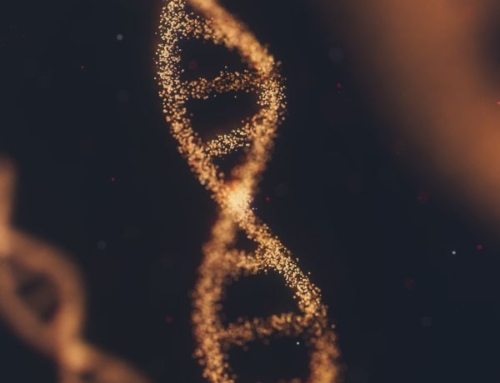Anthony Gilding, Science & Research Communication at CANAAF
As the much-needed research on COVID-19 is taking place, research on the science behind alopecia areata is following suit. Up until this point, we have learned so much about the disease, particularly, the role of Janus Kinase (JAK) inhibitors as a potential treatment. A recent review article by Żeberkiewicz, Rudnicka & Malejczyk (2020) published in the Central-European Journal of Immunology outlines everything we know about alopecia areata and the conclusions we have come to with this information.
When we say much is unknown about alopecia areata, it is not so much that we do not know a lot, but rather, we do not know what all the information means in the grand scheme of things. As Żeberkiewicz et al. (2020) very nicely points out, we have acquired a wealth of experimental findings on the disease, all of which seem to point in different directions. The real challenge scientists and clinicians face is putting all the pieces of this puzzle together to solve it. To add a layer of complexity, we find that as we begin to piece the puzzle together, research always seems to uncover new pieces.
Perhaps the most fundamental concept in our understanding of alopecia areata is the idea of autoimmunity. Our current understanding of the disease is that it is autoimmune in nature, and an overwhelming amount of research on the immunology of the disease supports this idea. However, Żeberkiewicz et al. (2020) highlight that there are some aspects of alopecia areata that are not consistent with the “typical” autoimmune disease. Namely, alopecia areata affects men and women equally (Alzolibani, 2011), whereas most other autoimmune diseases affect women three times more than men. Moreover, a study conducted by Rodriguez et al. (2010) found that the probability of both monozygotic (identical) twins developing alopecia areata if one of them has it, is not 100%, suggesting that the basis of alopecia areata is complex and involves more than autoimmunity. Most importantly, Żeberkiewicz et al. (2020) explain how the strongest piece of evidence needed to support the hypothesis that alopecia areata is truly autoimmune is the discovery of a follicular antigen that is responsible for initiating the disease. Essentially, we know self-reactive immune cells are responsible for attacking the hair follicles, but we do not know what their specific target is on a molecular level. Antigens are specific molecular markers of a substance or cell that our immune system cells can recognize and generate a response against. Discovering the antigen(s) responsible for initiating alopecia areata would not only confirm its classification as an autoimmune disease but would bring us even closer to a full understanding of the cause.
It is our hope that the publication of this review article by Żeberkiewicz et al. (2020), and others like it will inspire scientists and clinicians across the globe to join the effort to fully understand alopecia areata, with the hope of one day finding a cure. As the research progresses, CANAAF will be here to bring you up to speed!





